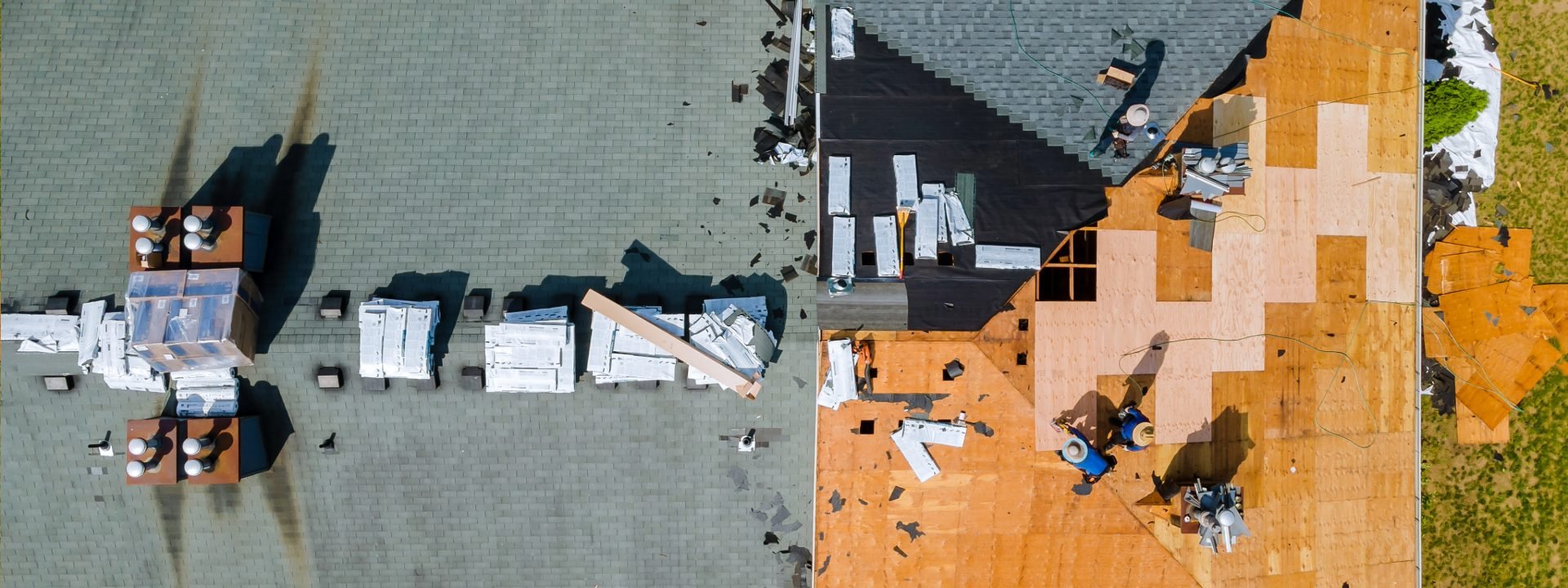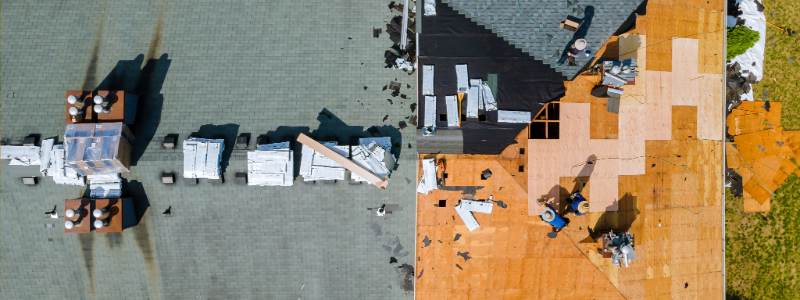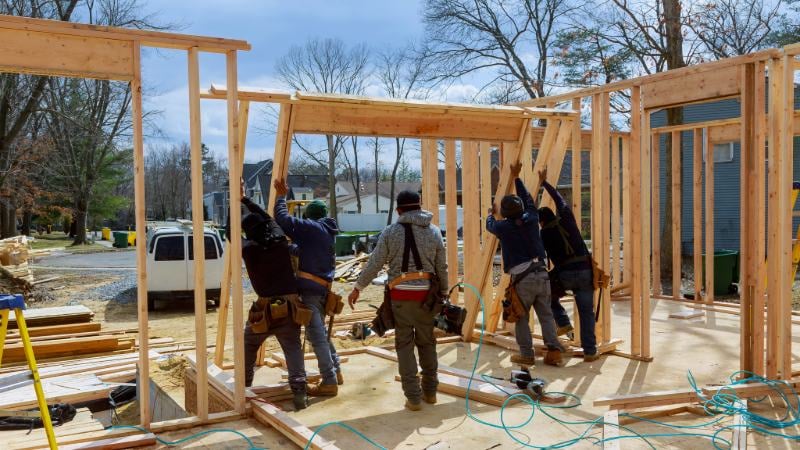

After a wildfire, flood, earthquake or another disaster strikes, the ruin left behind provides a visual reminder of a community’s physical losses. Yet the economic damage — lost jobs, shuttered businesses, disrupted supply chains — is often hidden from view.
Restoring a community’s infrastructure is a necessary first step, but what about bringing back the social interactions, including commerce, that often define a community? This is where data becomes a powerful tool, turning invisible impacts into actionable insights.
As the world faces more frequent and devastating disasters, leveraging payments data is proving essential in both recovery and future preparedness. Visa Business and Economic Insights (VBEI) uses anonymized VisaNet transaction data, paired with advanced geospatial analysis, to map how commerce changes before, during and after a disaster — helping leaders make informed decisions about where to focus recovery efforts.
Floods can cut local spending nearly in half
When Storm Boris struck Czechia and Poland in September 2024, it damaged more than homes and roads; it disrupted the daily rhythm of local economies. Floods often hit local economies harder than other disasters, and VisaNet transaction data shows how: In the hardest-hit areas, spending fell 47 percent below expected levels.
While much of the region began to recover within two months, severely affected communities still had only half the number of active merchants and consumers compared to pre-flood levels — a stark reminder that rebuilding physical structures doesn’t automatically restore economic vitality. For many local businesses, restoring supply chains and reconnecting with customers was as critical as repairing property.
Wildfires disrupt economies far beyond the burn zone
In January 2025, the Eaton and Palisades wildfires burned 37,830 acres in Los Angeles County, but the economic disruption spread across more than 218,000 acres, nearly six times the burn area.
Even neighborhoods untouched by flames, like Pasadena, saw spending declines simply from regional disruption:
Four out of five businesses in fire-affected areas stayed open.
Sales dropped by less than a third, but customer traffic patterns shifted dramatically.
Displaced residents increased spending in San Diego and Palm Springs by eight standard deviations above normal, while nearby shoppers avoided fire zones altogether.
Two weeks after the fires were contained, overall spending had rebounded to within eight percent of pre-disaster trends. Yet foot traffic and customer loyalty often take longer to recover, highlighting the difference between reopening doors and restoring thriving commerce.
From insights to action: Using data to guide recovery
Data can do more than capture the damage from a disaster; it can serve as a roadmap for rebuilding stronger.
VBEI analysis shows that major disasters often trigger an initial eight-to-nine-month surge in discretionary spending as displaced residents find temporary housing, homeowners make repairs and fuel purchases rise. This is often followed by a “payback period,” when spending returns to normal or stays below pre-disaster levels.

Floods tend to leave the deepest, most persistent economic scars, while events like droughts fade more quickly.
Recognizing these patterns helps governments, aid organizations and businesses plan for when recovery slows and additional targeted support may be needed.
The opportunity ahead
Every disaster leaves visible and invisible scars. By leveraging big data, communities can track where recovery is lagging, anticipate future needs and channel resources to the areas of greatest impact.
With the right insights and tools, recovery can be faster, more equitable and more resilient, ensuring communities don’t just rebuild but build back better for the long term.